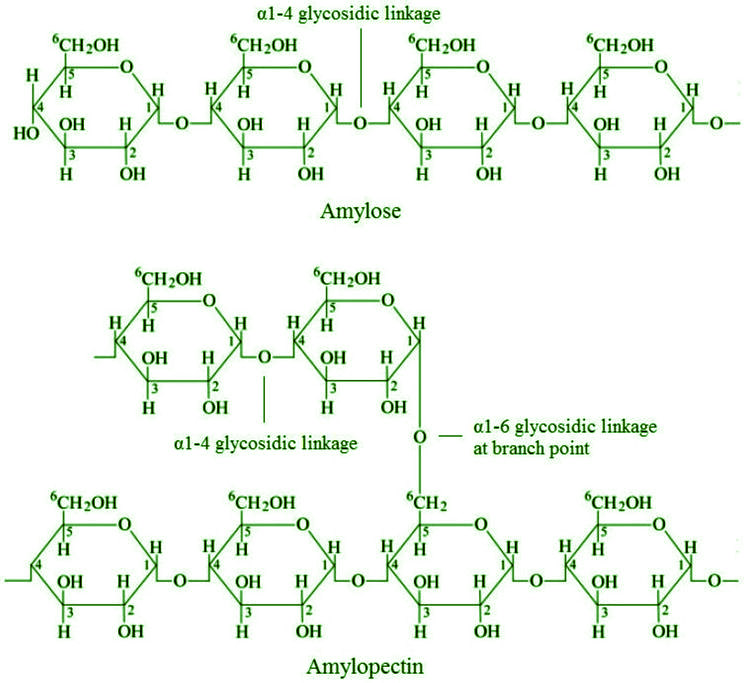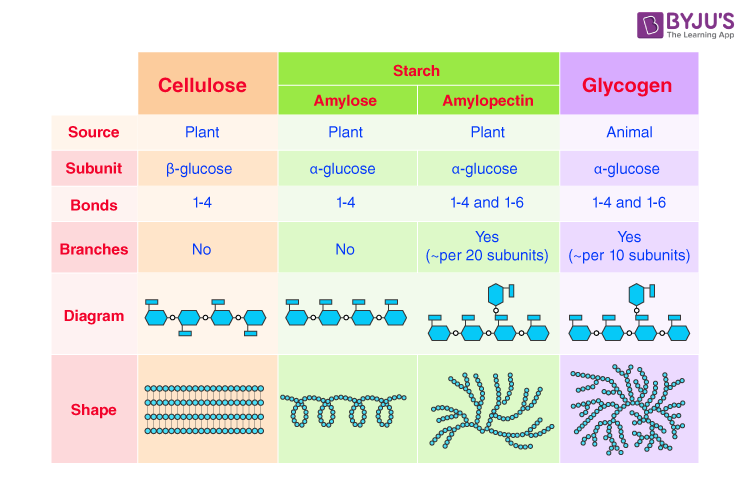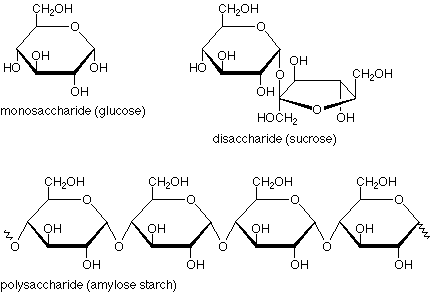Using Examples Describe Polysaccharides and Their Different Classes
The lucid text strategically. Learning motivation and learning outcomes.

Polysaccharides Definition Types Features Examples Geeksforgeeks
Examples are the shoulder and hip joints.

. Polysaccharides often a constituent of extracellular. Hemicellulose s are actually a class of materials. A long chain of monosaccharides linked by covalent bonds is known as a polysaccharide poly- many.
Examples include polystyrene 24-cell well tissue culture plates except with use of acetone or propylene oxide microfuge tubes glass vials stainless steel and polytetrafluoroethylene PTFE or Teflon baskets with matching lids which are available from various EM supply providers. AP is 29 chapters of pedagogically effective learning content organized by body system and written at an audience-appropriate level. Main Classes of Fillers for Papermaking.
Anatomy and Physiology is a dynamic textbook for the yearlong Human Anatomy and Physiology course taught at most two- and four-year colleges and universities to students majoring in nursing and allied health. Examples of carbohydrates include starch fiber the sweet-tasting compounds called sugars and structural materials such as cellulose. Greek poly- many -mer part is a substance or material consisting of very large molecules or macromolecules composed of many repeating subunits.
Due to their broad spectrum of properties both synthetic and natural polymers play essential and ubiquitous roles in everyday life. Mann in Advanced Wound Repair Therapies 2011 1132 Hydrocolloid dressing materials. Many pesticides require the addition of an adjuvant and some do not.
Polymers range from familiar synthetic plastics such as polystyrene to. When applying fungicides insecticides or herbicides without a recommended adjuvant 30 percent to 50 percent reduction in pest control can be expected. Starch glycogen cellulose and chitin are examples of polysaccharides.
This study proposed combining problem-based learning PBL with different collaboration learning strategies in flipped classrooms to improve learners. The term molecular sieve coined by J. Liquid-phase adsorption removal of Cu2 Co2 Ni2 Zn2 and Pb2 in the concentration range of 5-25 mgL using low-cost banana and orange peel wastes was examined at 30 degrees C.
The Fc region of immunoglobulin E IgE becomes bound to mast cells and basophils and when IgEs paratopes bind to an. This type of joint is multiracial allowing a wide range of movement in almost any direction. McBain to describe this property of zeolites was.
The chain may be branched or unbranched and it may contain different types of monosaccharides. Hydrocolloids are a unique family of materials in several senses. The term carbohydrate had its origin in a.
Using the correct adjuvant. Adjuvants may cause damage to a plant if the wrong adjuvant is used or if it is used at too high a concentration. The main idea was to design a teaching process based on the concept of flipped classrooms.
Mast cells are very similar to basophil granulocytes a class of white blood cells in bloodBoth are granulated cells that contain histamine and heparin an anticoagulantTheir nuclei differ in that the basophil nucleus is lobated while the mast cell nucleus is round. The plural form should be used to describe them generically but the singular form should be used to describe a particular type such as the hardwood xylan hemicellulose. Polysaccharides may be very large molecules.
Examples include elbow and knee joints. The proposed method was adopted to design learning. The concept of size-based separations by chromatography was first speculated by Synge and Tiselius based on the observation that small molecules could be excluded from the small pores of zeolites as a function of their molecular size.
Physically hemicelluloses are white solid materials that are rarely crystalline or fibrous in nature. The most widely used fillers for papermaking can be described as inorganic particulate materials. Some minerals such as calcium carbonate are available as fillers in both natural and synthetic.
It is widely recognised that the use of the term to describe these products is not strictly correct but since. A polymer ˈ p ɒ l ɪ m ər. As shown in Table 1 it is possible to divide these materials into two main classes natural and synthetic.
Even the name hydrocolloid belies their nature and certainly their properties. A ball-and-socket joint consists of a ball head at the end of one bone and a socket in an adjacent bone into which a portion of the ball fits. All carbohydrates consist of carbon hydrogen and oxygen atoms and are polyhydroxy aldehydes or ketones or are compounds that can be broken down to form such compounds.
Soft set theory introduced by Molodtsov Comput Math Appl 371931 1999 is an effective tool for solving realistic problems related to engineering social sciences medical sciences and. They form some of the flesh that helps fill out the fiber.

Carbohydrates Monosaccharides Disaccharides Polysaccharides

Polysaccharides Characterstics Types And Functions

Polysaccharide Vs Disaccharide Vs Monosaccharide 12 Major Differences Similarities Viva Differences

0 Response to "Using Examples Describe Polysaccharides and Their Different Classes"
Post a Comment